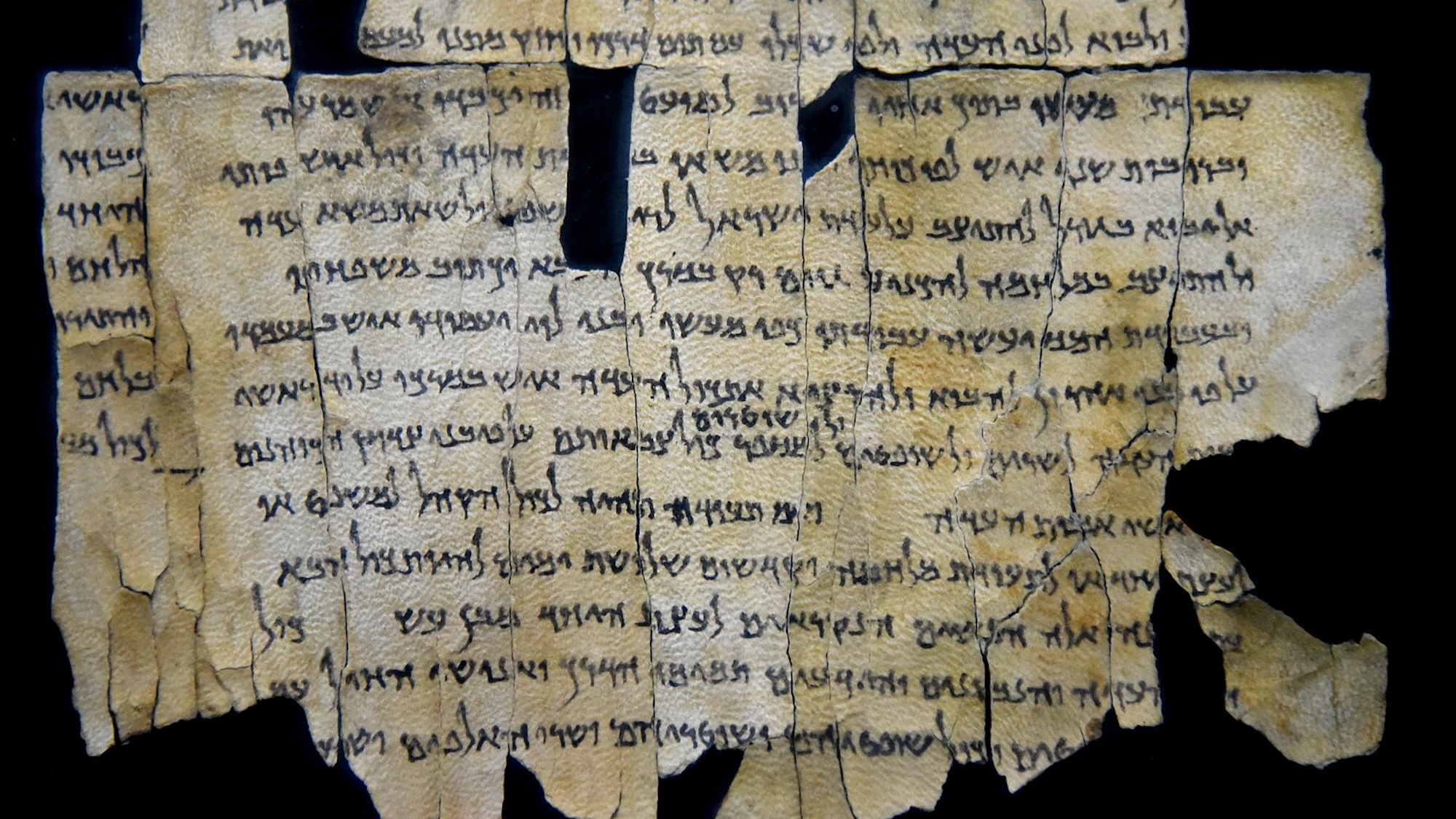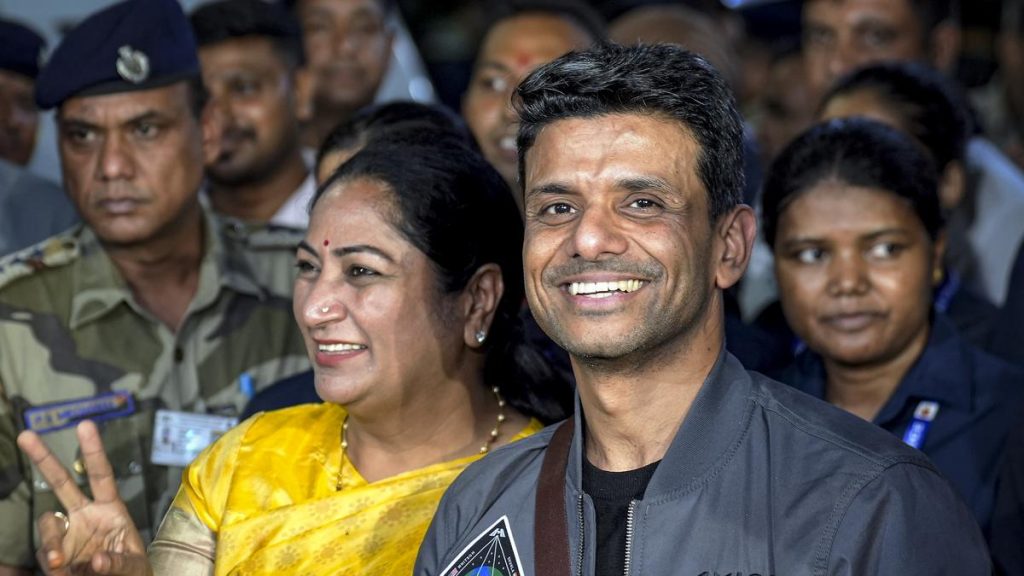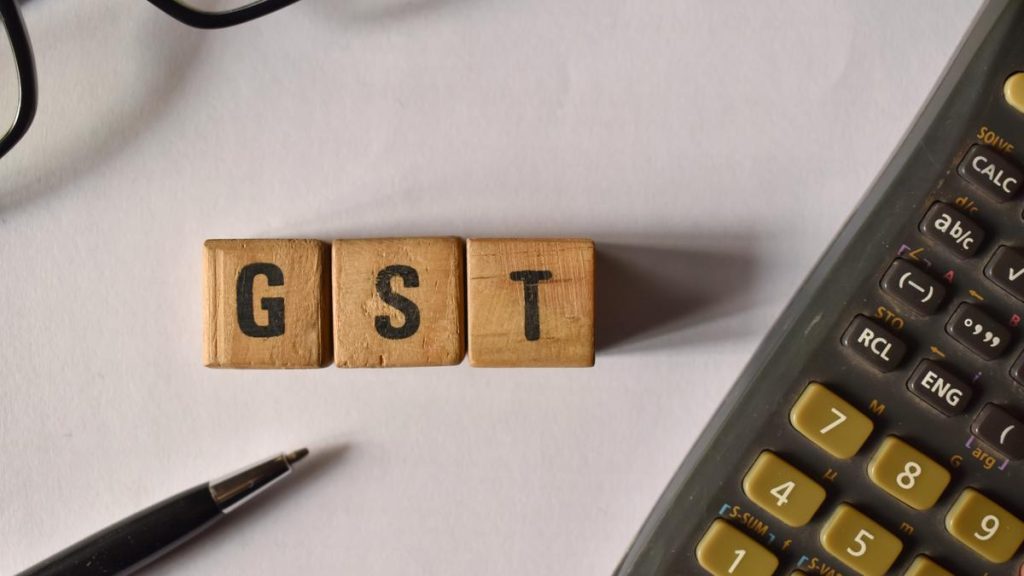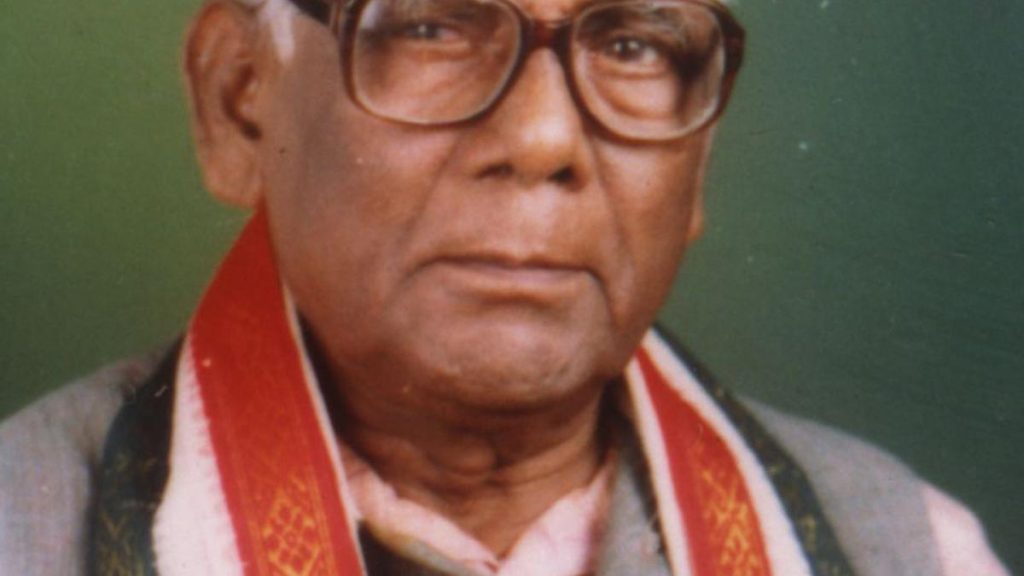Now Reading: Dead Sea Scrolls May Be Older Than Previously Believed
-
01
Dead Sea Scrolls May Be Older Than Previously Believed
Dead Sea Scrolls May Be Older Than Previously Believed

Quick Summary
- an AI program named “Enoch,” developed by researchers from universities in the Netherlands, Denmark, Belgium, and Italy, is being used to reexamine the Dead Sea Scrolls’ dating.
- The Dead Sea Scrolls were discovered in Qumran Caves near the Dead Sea beginning in 1946 and include around 15,000 scrolls and fragments crucial for understanding ancient Jewish and Christian life during the Second Temple era (516 BCE-70 CE).
- Radiocarbon dating and paleography have traditionally been used to date undeciphered or undated manuscripts. Paleography relies on stylistic evolution of handwriting but requires predated reference materials for accurate evaluation.
- Enoch combines radiocarbon-dated biblical text analysis with evaluations of manuscript handwriting via machine learning techniques. It scanned 135 non-dated scroll fragments for age estimation.
- About 80% of Enoch’s results matched realistic estimates compared to expert evaluations; other scroll dates were deemed too young or old or inconclusive. Some manuscripts appeared older than previously thought based on additional radiocarbon validation.
- One fragment was dated roughly 100-150 years older than existing estimates (2nd century BCE) while others aligned closely with their assumed authors’ timeline, perhaps authenticating their status as primary texts.
- Researchers are optimistic about Enoch’s potential submission for analyzing other historic manuscripts but emphasize further testing is required.
Indian Opinion Analysis
The use of advanced AI tools like “Enoch” reflects growing global efforts to apply technology to historical study-an area that could benefit Indian archaeology as well. For instance, India’s vast repository of ancient texts spanning Vedic scriptures, Buddhist manuscripts like those from Nalanda University’s ruins, and medieval writings could gain renewed insights thru similar AI-driven approaches combining paleography with carbon dating data sets.
By opening “a door into the ancient world,” such innovations might help refine interpretations regarding India’s historic cultural exchanges across civilizations given it’s shared heritage with regions influenced by early Christianity or Judaic cultures through Silk Road linkages.
This development underscores the wider implications not only for religious studies but also archival improvement worldwide-India included-as machine learning models refine our understanding beyond conventional methods dependent on fragmented datasets or outdated theories.


























